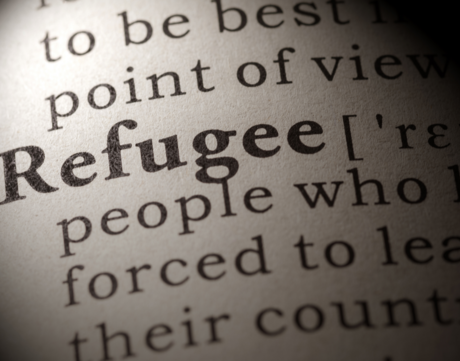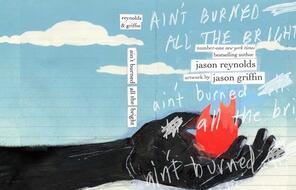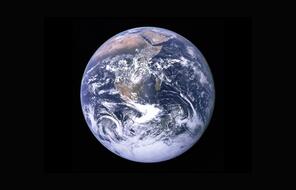
4 Resources on Refugee Crises in Global Context
On February 20th, Russia launched a military invasion of the neighboring nation of Ukraine, prompting 1.5 million Ukrainians to flee the country in the immediate aftermath. As Ukrainian men are forced to stay behind and defend the country as part of their nation’s military, an unprecedented number of women and children have fled Ukraine, prompting what is projected to become the greatest European refugee crisis in a century. The reasons for the present invasion of Ukraine are highly complex and therefore difficult to teach in American classrooms. In our new Teaching Idea, we share some recommendations designed to help educators teach about the unfolding refugee crisis in Ukraine, but we also have resources designed to help you teach your students about the broader global refugee crisis of which this is a part. Below, we offer some complementary teaching tools that can help educators situate the Ukrainian refugee crisis in broader global histories of displacement and highlight its connections to other refugee crises.
Consider using the following 4 curricular resources which are designed to help students gain deeper insight into the experiences of those most impacted by patterns of displacement as well as how students themselves might intervene in this pervasive problem:
Why Do People Migrate?
We are all touched by stories of migration, whether it is our own story or that of an ancestor, family member, or friend. In this Teaching Idea, students reflect on individual stories of migration and then learn about migration from El Salvador to the United States as a means of exploring the underlying factors that drive migration.
The Many Faces of Global Migration
The following teaching idea uses images to help students connect emotionally to the experiences of individuals and groups who choose or are forced to leave their homelands and who place their well-being and safety into the hands of others. The activities also help students consider the scale of global migration and invite inquiry and opportunities for them to engage with and interpret the news about global migration today. Facing History & Ourselves will continue to provide teaching ideas, resources, and strategies to help you explore this topic in more depth throughout the year.
Brave Girl Rising: A Refugee Story
This Teaching Idea was created in partnership with Girl Rising, a non-profit organization that uses stories to change the way the world values girls. This resource invites students to engage with the story of a Somali-born girl named Nasro who lives in the world’s largest refugee camp in Kenya. Students are invited to examine the challenges she faces and the strength she discovers. They also explore how an individual’s story, told with rich imagery and language, can spark empathy and ethical reflection on an issue whose vast scale can be difficult to grasp.
Human Rights in the News
In this Teaching Idea, students use the Universal Declaration of Human Rights (UDHR) as a framework for understanding both the progress that has been made since 1948 and the areas where we continue to fall short in protecting and promoting human rights. This analysis can inspire and motivate students to dedicate themselves to the cause of human rights worldwide by promoting them in the “small places close to home,” which is where, according to Eleanor Roosevelt, they begin.
Don't miss out!
- download classroom materials
- view on-demand professional learning
- and more...













